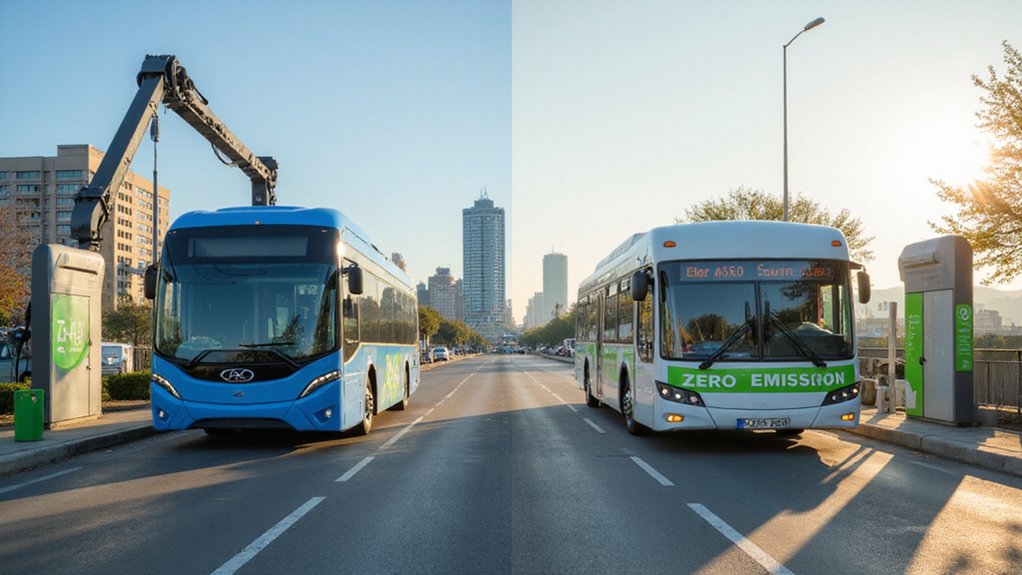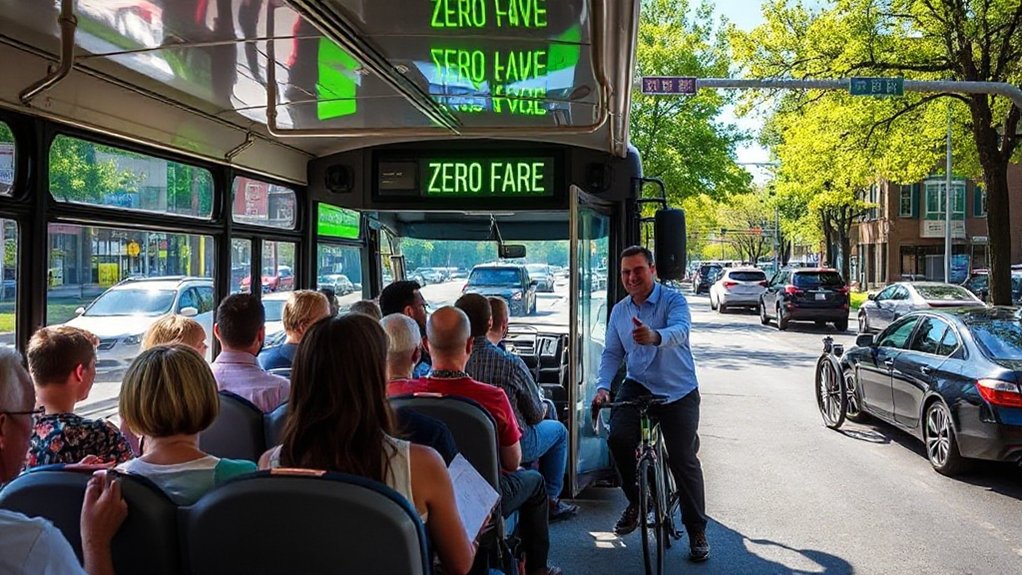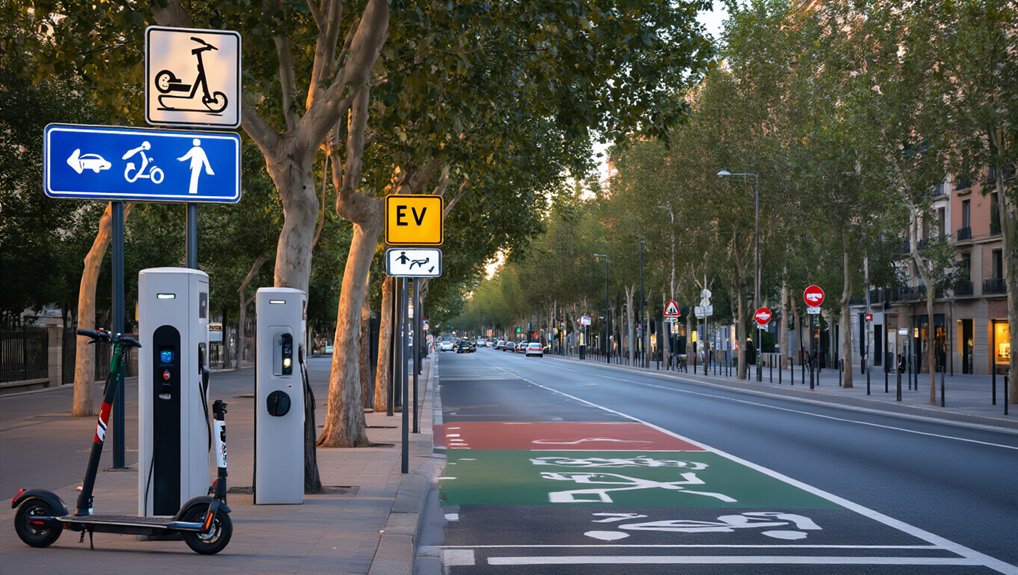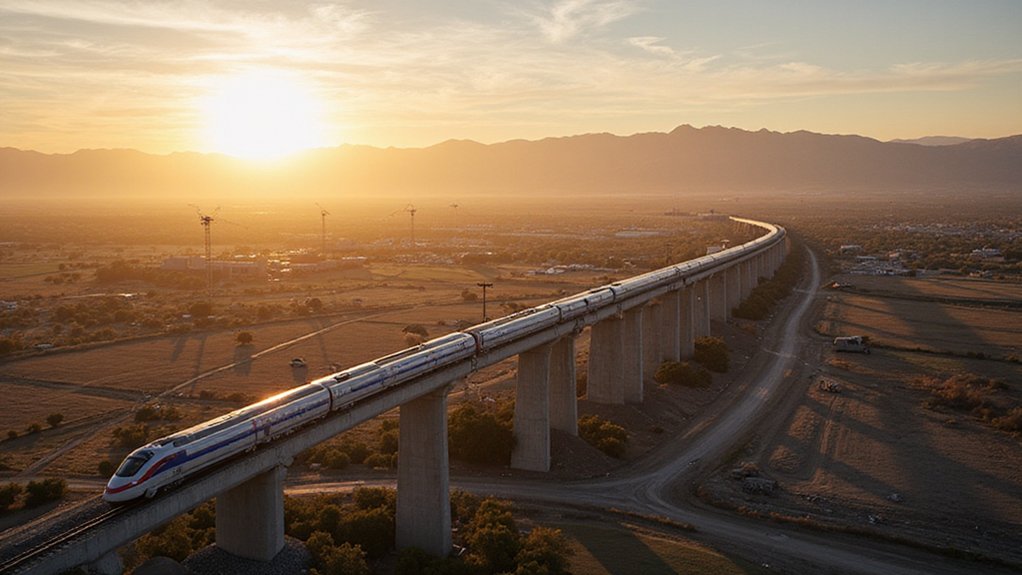Public transit agencies across the globe face a critical choice: stick with reliable diesel buses or switch to new zero-emission options. Battery electric and hydrogen fuel cell buses promise cleaner air and reduced carbon footprints, but they come with hefty price tags and infrastructure challenges. Transit officials can’t agree on timing. Some insist immediate action is necessary for climate goals, while others worry about service disruptions during the shift. This debate isn’t just about technology—it’s about balancing environmental urgency with practical transit needs.
As cities around the world face growing pressure to cut carbon emissions, public transportation systems are finding themselves on the front lines of climate action. Transit agencies worldwide are being pushed to replace diesel buses with zero-emission alternatives, but the shift isn’t simple.
Countries are setting ambitious targets for this change. The Netherlands demands all new public transport buses emit zero harmful gases by 2025. Denmark and New Zealand have similar requirements. In the US, fifteen states plus Washington, D.C. aim for all new medium and heavy-duty vehicles to be zero-emission by 2050.
Zero-emission buses (ZEBs) come mainly in two forms: battery electric buses and hydrogen fuel cell buses. Battery buses are more common, while hydrogen offers better range for longer routes. Both options help reduce greenhouse gases and air pollution in urban areas. They’re also much quieter than diesel buses.
Zero-emission vehicles are transforming city transit, offering cleaner air and quieter streets through battery and hydrogen technologies.
Despite environmental benefits, many transit agencies face serious challenges. ZEBs typically have shorter ranges than diesel buses, which limits their use on longer routes. New charging or refueling infrastructure is needed before deployment. Most importantly, ZEBs and their infrastructure cost more upfront than diesel options. Some agencies are exploring battery storage systems to optimize charging infrastructure and reduce operational costs during peak demand periods.
“We know it’s the right thing to do, but finding the money is tough,” says one transit director who didn’t want to be named. Many agencies rely on federal or state grants to make purchases possible.
Transit authorities are developing creative solutions. Some adopt phased approaches, gradually adding ZEBs as funds allow. Others focus first on routes that match current ZEB capabilities. Many collect data from pilot projects before wider implementation. Recent market shifts have led to significant consolidation in the US zero-emission bus manufacturing sector. China leads the global transition with approximately 90% of sales in its new city bus market being zero-emission vehicles in 2020.
The shift divides transit professionals. Some argue the climate benefits justify immediate action despite costs. Others worry about reliability and service disruptions during the change.
What everyone agrees on: the days of diesel dominance in public transit are numbered, even if the path forward isn’t clear.









